Illinois’ Clean and Reliable Grid Affordability (CRGA) Act (SB 25) has passed both chambers of the legislature and now awaits the governor’s signature. The bill, among other provisions, sets a 3 GW solar goal, creates Virtual Power Plant (VPP) and Time-of-Use programs, and requires Project Labor Agreements (PLAs) for community-solar projects 3 MWac and larger.
In parallel, after advocacy from stakeholders—including Michael R. Strong of Fox Swibel Levin & Carroll—the state’s Illinois Shines program is reopening for a new round of capacity to accelerate deployment amid the phase-down of the 30% federal solar tax credit.
The Illinois Shines Adjustable Block Program will expand the 2025–26 program year by 873 MW of new capacity. Unused prior-year allocations will be distributed to wait-listed projects that did not make the upcoming lottery.
Capacity is divided among private and school behind-the-meter systems as well as multiple types of community solar. Systems under and over 25 kWac—the cutoff between small and large distributed generation—each receive 142 MW of new capacity. Traditional community solar gains 213 MW, “community-driven” projects 36 MW, public schools 107 MW, and “Equity-Eligible Contractor” projects 233 MW.
Maria Bries, a deal lawyer at Fox Swibel Levin & Carroll, highlighted the new requirement for PLAs before incentives are awarded to projects larger than 3 MWac. She pointed to a recent study showing that PLA processes can actually lower bid prices on solar projects. Bries told pv magazine USA:
Since Governor Pritzker’s Executive Order in 2019 requiring project labor agreements for public works projects, it has been a sticking point with county boards across the state that community solar developers under Illinois Shines were excluded. The support of labor unions was critical to get CRGA across the finish line in record time, and PLAs will ensure a less contentious permitting process, not to mention more competitive bids and diverse workforce as recent research in Illinois has proven.
In a broader energy package, legislators also passed the omnibus bill SB 25—essentially the “cake” beneath the solar “icing.”
Key provisions include a 3 GW energy-storage target, a statewide VPP program, community-solar storage rebates, and inflation adjustments to Renewable Portfolio Standard (RPS) pricing to reflect real-world cost trends.
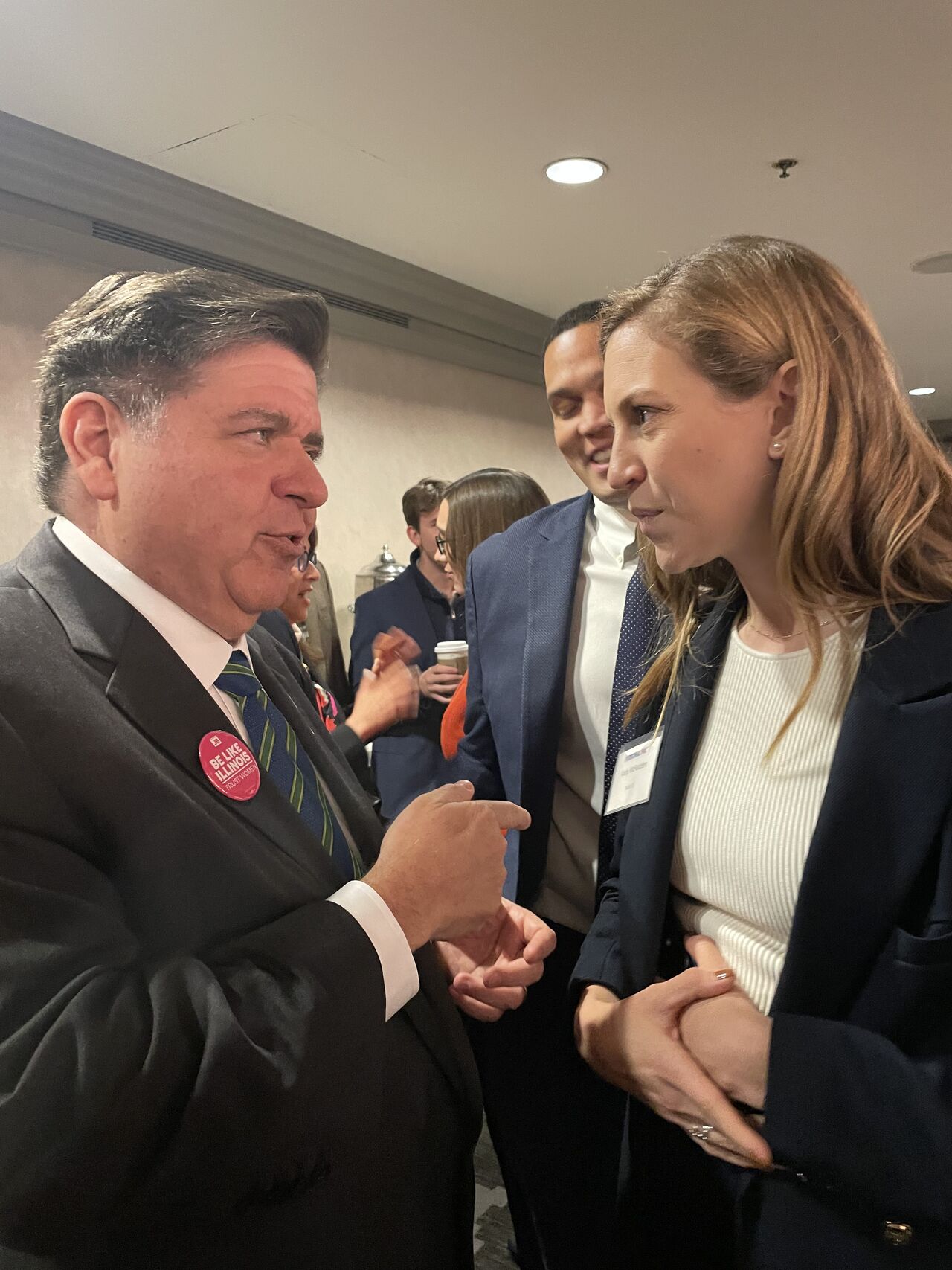
According to analysis provided to pv magazine USA by Kady McFadden, of McFadden Strategies, the legislation also includes a lengthy list of additional clean-energy policies:
- Public Integrated Resource Planning for the state’s cooperative utilities to improve grid consistency.
- Updated energy-efficiency goals for utilities.
- Consideration of a social cost of carbon in state planning.
- The first steps toward a Solar Bill of Rights.
- Time-of-Use pricing structures.
Speaking with pv magazine USA, McFadden said solar and storage developers should pay close attention to two key items: the community solar energy storage adder and the new inflation adjustment for RPS revenue.
The prior, offering $250 per kWh of nameplate storage—could raise community solar capacity factors and energy output (via increased module installations) by up to 30%, making it financially viable to store excess solar generation for later use. The latter, she said, could add roughly 1.8 GW of solar and 4 GW of wind capacity simply by aligning incentives with actual cost increases.
Several nuclear-energy provisions were included as well—some favoring nuclear, others supporting solar. Illinois, which currently generates about 53% of its electricity from nuclear, fully lifted its moratorium on new nuclear construction. Earlier legislation had only lifted the ban for plants under 300 MW; this new change removes it entirely.
Meanwhile, an existing subsidy for nuclear plants is being phased out as planned, but rather than ending altogether, its funding will be redirected to support additional clean-energy deployment.
This content is protected by copyright and may not be reused. If you want to cooperate with us and would like to reuse some of our content, please contact: editors@pv-magazine.com.
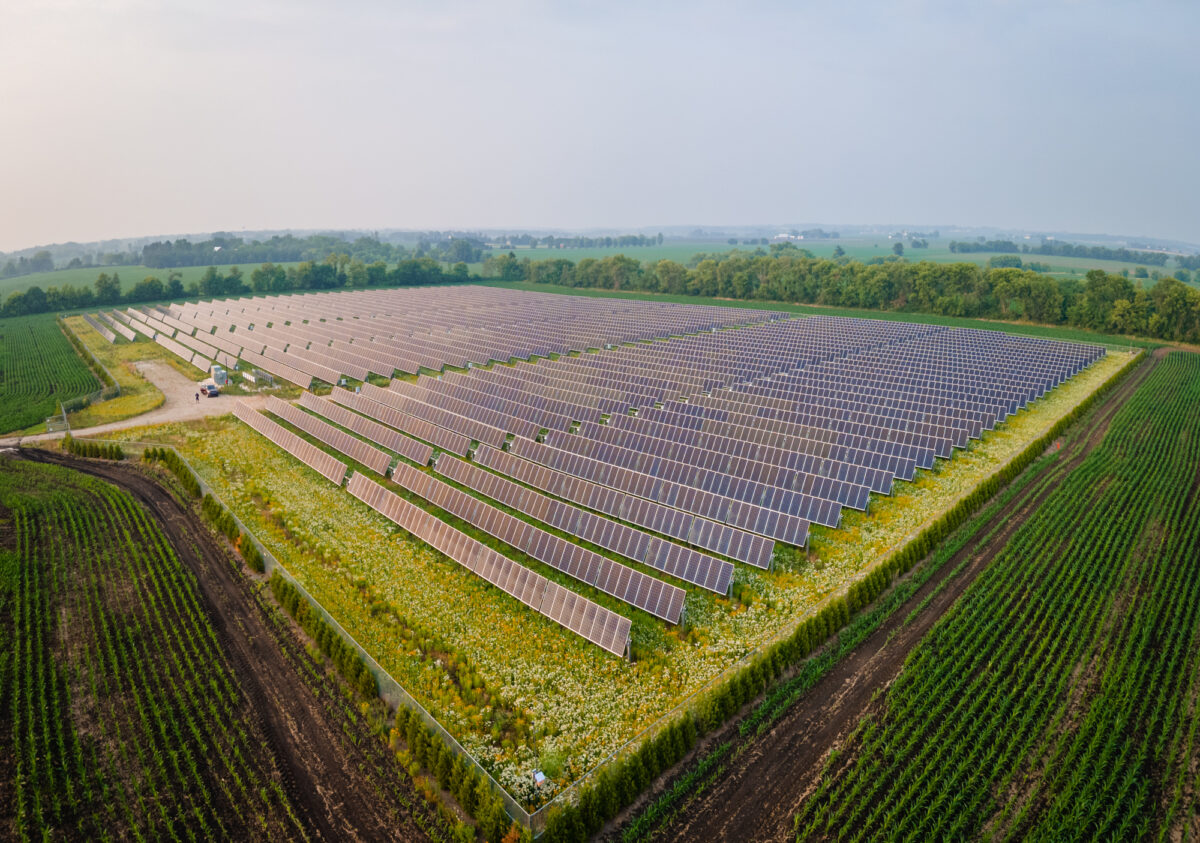


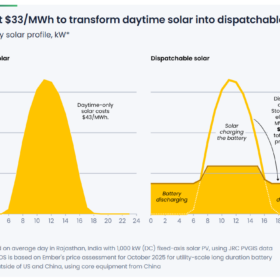

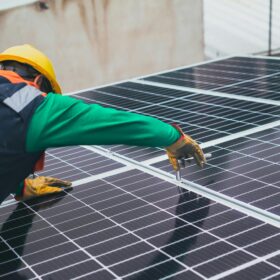
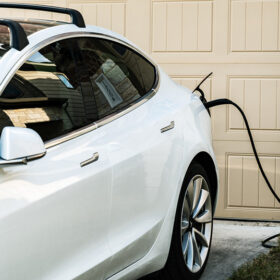

“The prior, offering $250 per kWh of nameplate storage—could raise community solar capacity factors and energy output (via increased module installations) by up to 30%”
— What’s the logic behind the increased module installations tied to batteries?
Hi John –
The logic is that the batteries will allow for capturing of solar when DC coupled, which will allow more module capacity behind a fixed AC grid connection.